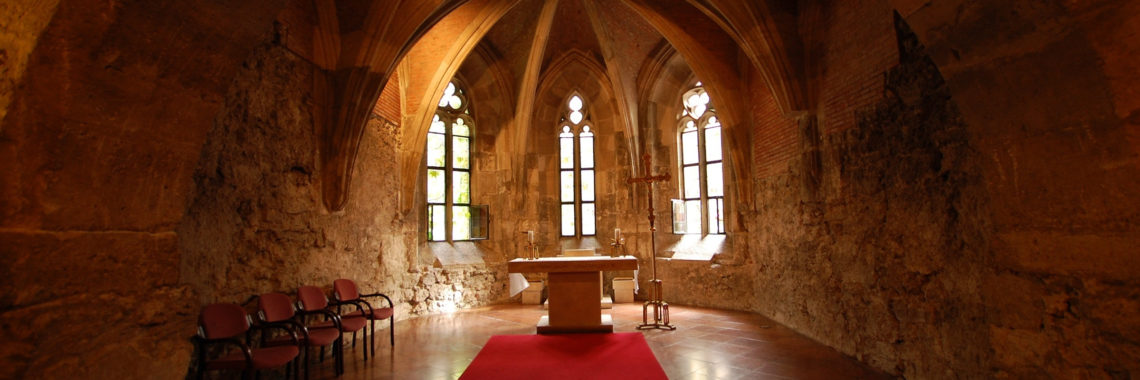“Rethinking American Establishment Jurisprudence” by Eric Wang
Photo by Andy Feliciotti on Unsplash Many Americans gleam over Uncle Sam’s “wall of separation” between church and state. That this wall should be thick and tall perhaps became even more evident after President Trump posed weeks ago with a Bible minutes after having the National Guard use tear gas to expel peaceful protestors for…











